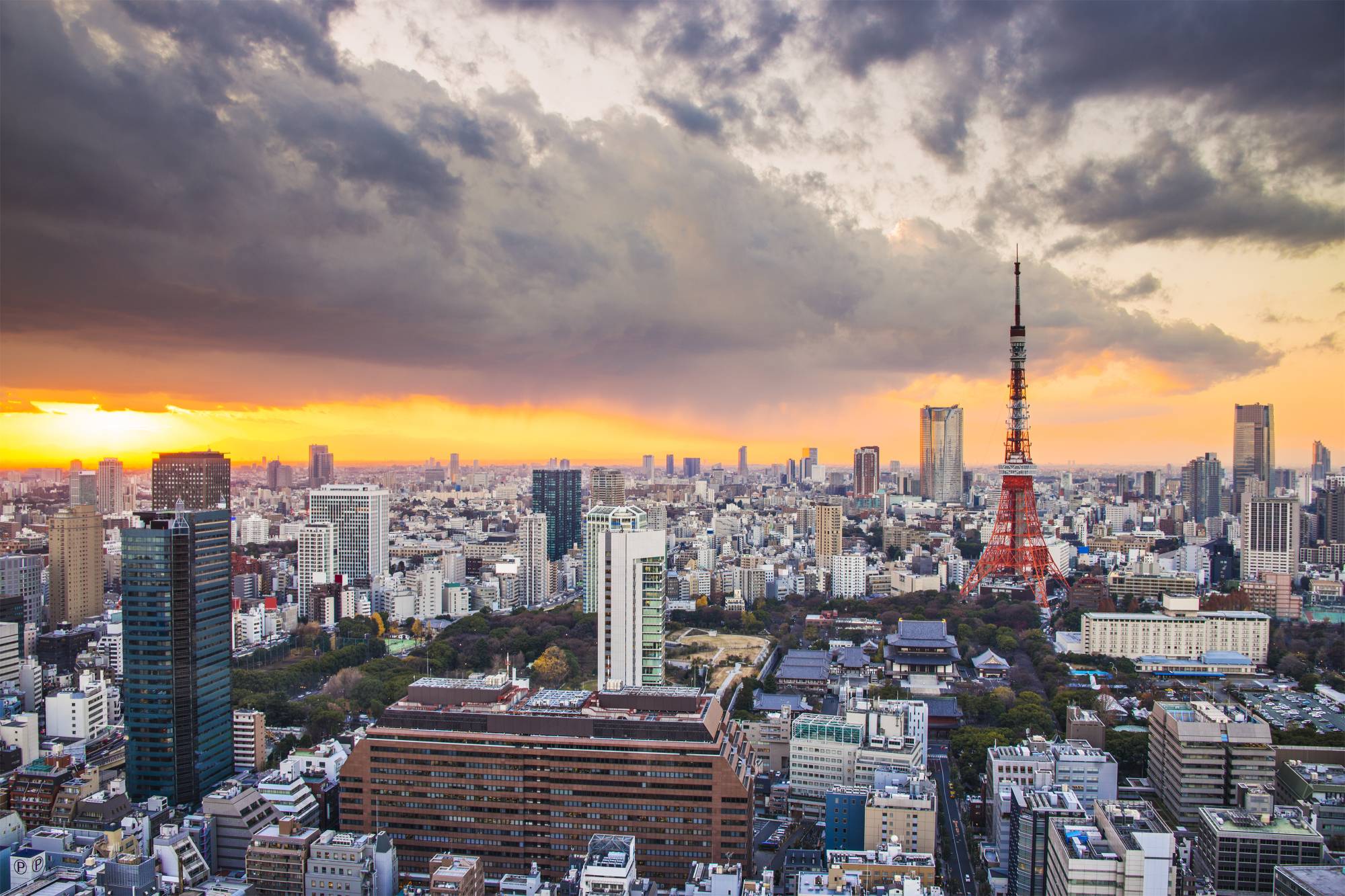The sun pierces through the curtains. Birds are chirping. The thermometer nears 30 degrees Celsius (86F). It’s not yet 5 a.m.
It’s a pretty typical scene during Tokyo’s long, muggy summers. Japan may be the land of the rising sun but, us residents often ask ourselves, couldn’t it rise (and set) a little later?
A few days after the summer solstice, the capital is currently enjoying its longest bright evenings — with the sun setting at just 7:02 p.m. It’s hard to find a major capital where summer daytimes end earlier than those in Tokyo. In London, it’s still bright past 9 p.m. at this time of year; in Paris, it’s nearer to 10 p.m. by the time darkness sets in.
















With your current subscription plan you can comment on stories. However, before writing your first comment, please create a display name in the Profile section of your subscriber account page.